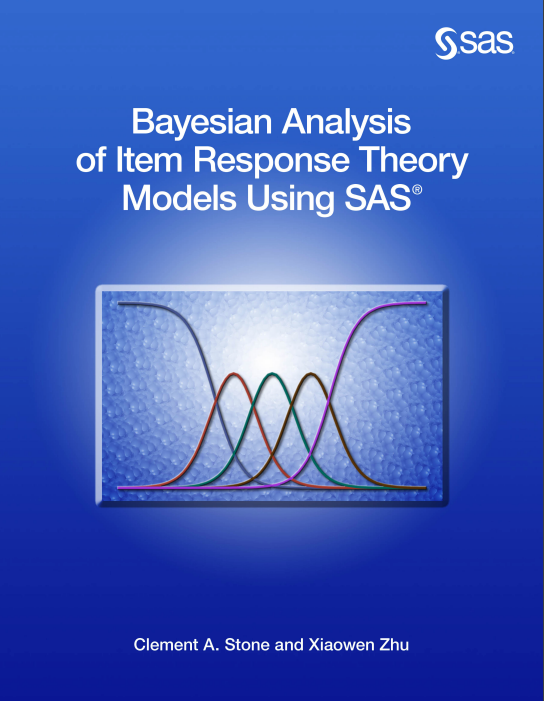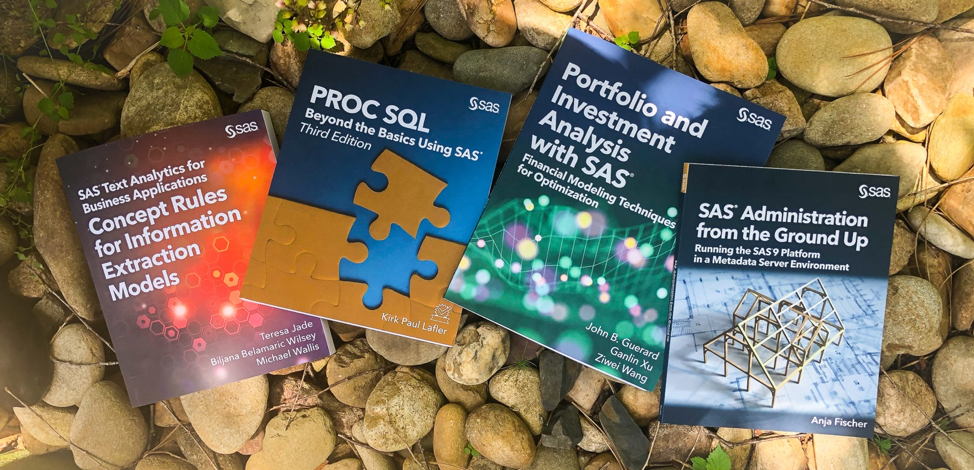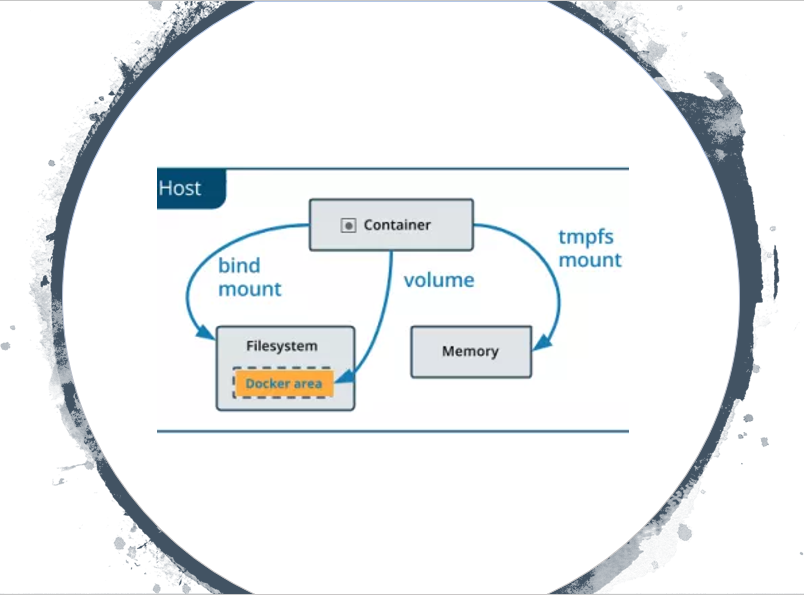
What is Item Response Theory? Item Response Theory (IRT) is a way to analyze responses to tests or questionnaires with the goal of improving measurement accuracy and reliability. A common application is in testing a student’s ability or knowledge. Today, all major psychological and educational tests are built using IRT.










































